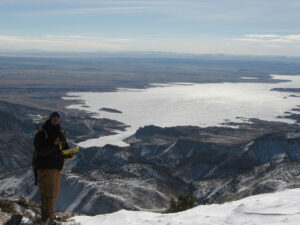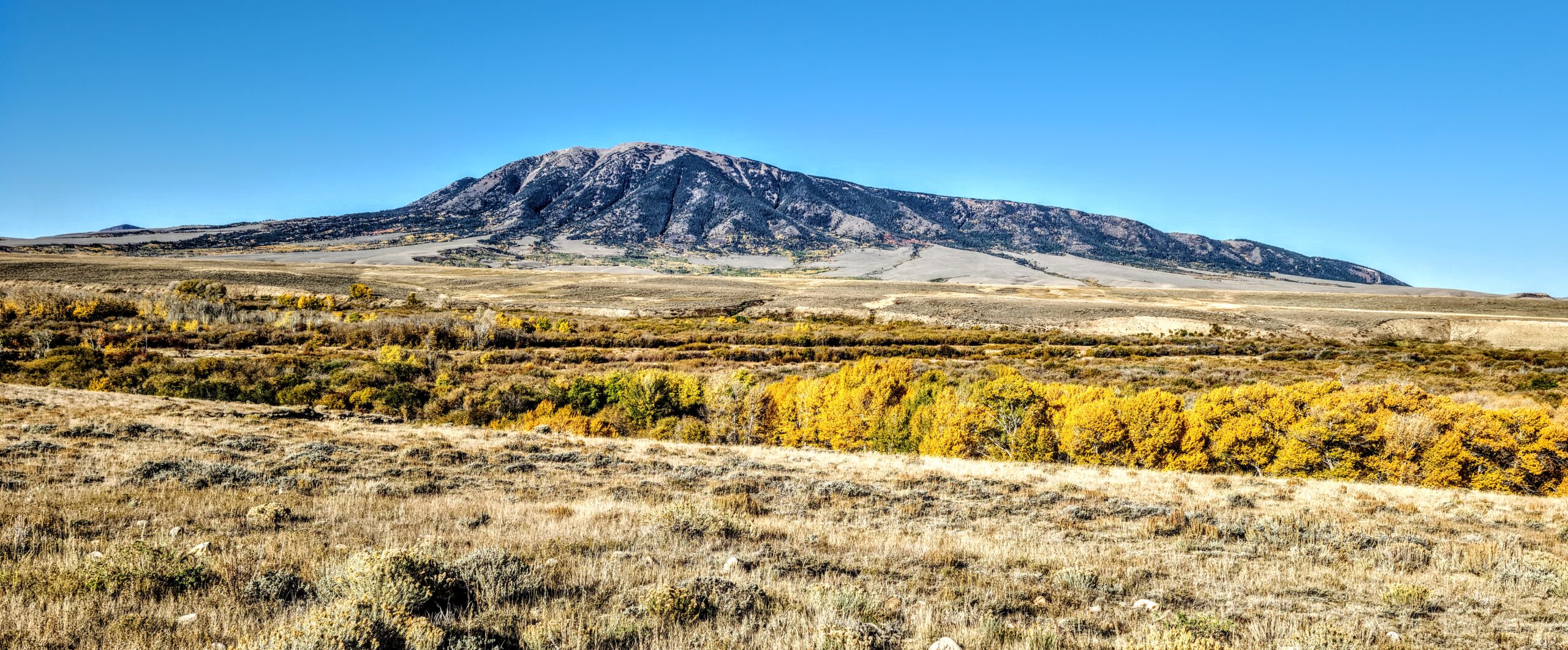What makes a Wyoming engineer’s experiences different than others? We’re glad you asked. Wyoming stands alone compared to other states when it comes to climate, scenery, soil, weather, and sparsity. Here is just a small glimpse into the unique experiences Wyoming engineers encounter when designing or managing construction projects.
Weather
Wyoming’s climate consists of hot, dry summers and long, cold winters. The state is also notorious for having temperamental weather, and engineers must prepare for quick changes in the weather. For example, during the spring months you might experience a snowstorm with 24” snow totals to 70 degree temperatures the next day. Drastic temperature changes are common in Wyoming. It’s possible to see a 50 degree change within a matter of hours. Wyoming engineers must be equipped to handle the unique weather conditions and climate the state offers and consider these factors for phasing and construction schedules.
Scenery
A great benefit to working in Wyoming is the unique scenery spanning the entire state. From National Monuments, like Devil’s Tower, to National Parks, like Grand Teton, Wyoming engineers are lucky to gaze upon such unique landscapes. The state’s hills, prairies, rivers, aspen groves, and vast forests are just a few features seen on the job. Plenty of jobs require engineers to travel along the several Wyoming mountain ranges offering project site views like none other.
Soil
Unlike other states, Wyoming has less than preferred soil types. For most of the state, you will find either fast-draining sand or heavy clay that retains water for long periods of time. Across the state you will find varied soil types that are classified into 10 soil zones that range from loamy, gravelly soil (Zones 1 and 2) to frigid, aridic soil (Zones 9 and 10). This requires Wyoming civil and geotechnical engineers to navigate and understand how to treat each project in which the soil it lies. Geotechnical investigations and materials testing are critical to the Wyoming engineers’ success.
Sparsity
As the least populated state, with roughly 575,000 people, Wyoming engineers encounter many rural areas within the state. Although the state ranks 10th largest in area, it has the least dense population. For Wyoming engineers, this means driving long hours and many miles before encountering the next town with resources like food and gas. Cell reception is also another scarcity when you’re deep in the mountains, down in a dam, or isolated in a prairie. Regardless of where a community is, Wyoming engineers are still responsible for ensuring these towns have the infrastructure and utilities they need.
Wyoming in and of itself is a unique place. The civil engineers that work within the state must navigate many elements not found in other states. WLC engineers are trained and experienced to handle whatever Wyoming throws their way. Reach out to our team to help you on your next project in (or outside) Wyoming.


